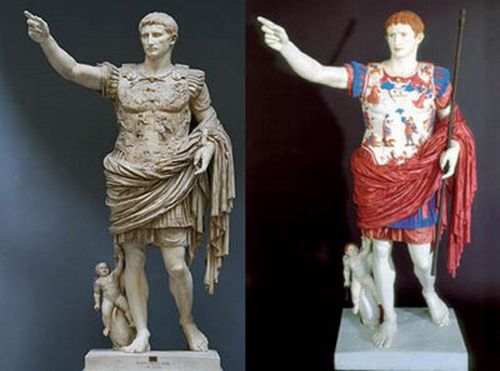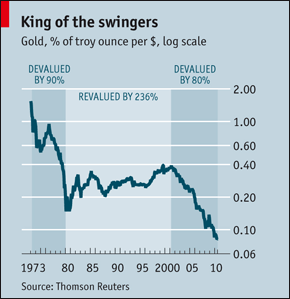This installment will be a little light with just three short articles. One is about how having dogs around seems to improve cooperation between humans, one about using a powerful computer to find every possible solution to the classic Rubik’s Cube puzzle, and the last one looks at how people get trampled to death in large crowds.
Dogs make people more social
The first article is from The Economist and covers research by Christopher Honts and his colleagues at Central Michigan University who wondered if having dogs around in the workplace improved collaboration among people. This was because previous research has indicated that dogs help their owners forge intimate relationships with other people.
Continue reading Recent Interesting Science Articles (Aug ’10)



